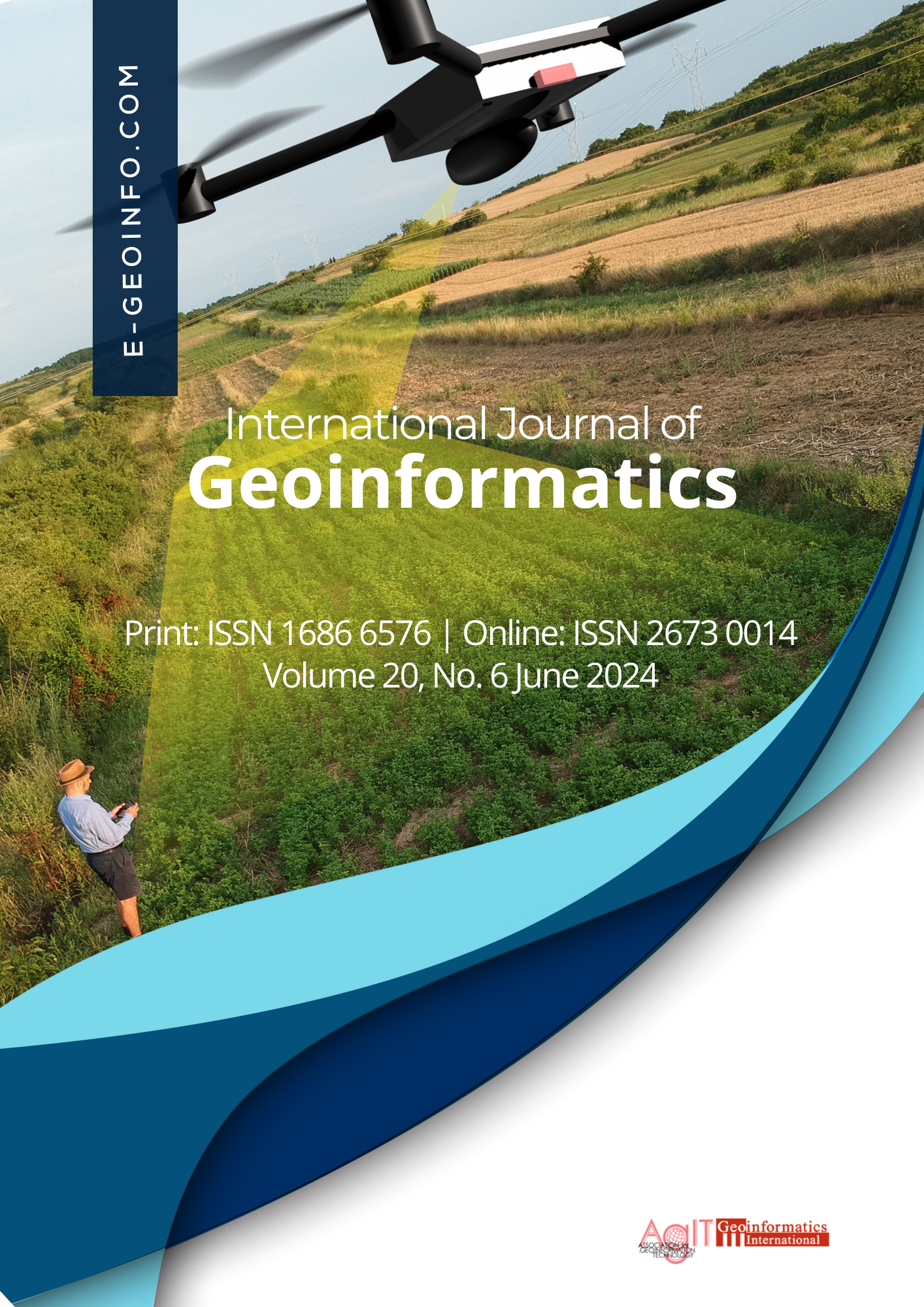An Investigation of Soil Spectral Characteristics under Different Conditions in Jordan
Main Article Content
Abstract
The objective of this paper is to assess soil surface properties in northern Jordan using optical remote sensing and field sampling. Soil spectral reflectance has been measured in the range of 350 and 2500 nm, and the soil chemical properties such as iron oxides, and organic and inorganic carbon were analyzed by using an infrared cell in a high-frequency induction oven. In the same manner, the traditional soil profile description, routine samples analysis, and soil classification were used to classify the same soil according to the USDA classification system. The distribution pattern of the soil reflectance behavior in relation to its soil organic carbon forms different soil groups in the feature space which are, iron affecting organic carbon affecting, and inorganic carbon affecting soil. These groups reflect the effect of different soil mineralogy, conditions, and land use. This approach facilitates the quantification of soil quality in high performance and proves that both organic and inorganic carbons are important indicators of the characteristics of soil conditions using remote sensing. Investigation of the relationship between the reflectance properties of soil groups using the USDA soil classification system and soil profile description confirms the presence of a strong relationship between the two systems. The first trend is using the soil’s organic carbon content to correspond to the clay content and cation exchange capacity, and the second trend is using inorganic carbon content to correspond to the silt and carbonate content under different climatic conditions. The results show that soil spectroscopy (350-2500 nm) is a promising technique for preliminary soil description and can classify soils according to soil chemical properties especially soil organic carbon only instead of using traditional soil profile classification and analysis.
Article Details

This work is licensed under a Creative Commons Attribution 4.0 International License.
Reusers are allowed to copy, distribute, and display or perform the material in public. Adaptations may be made and distributed.

